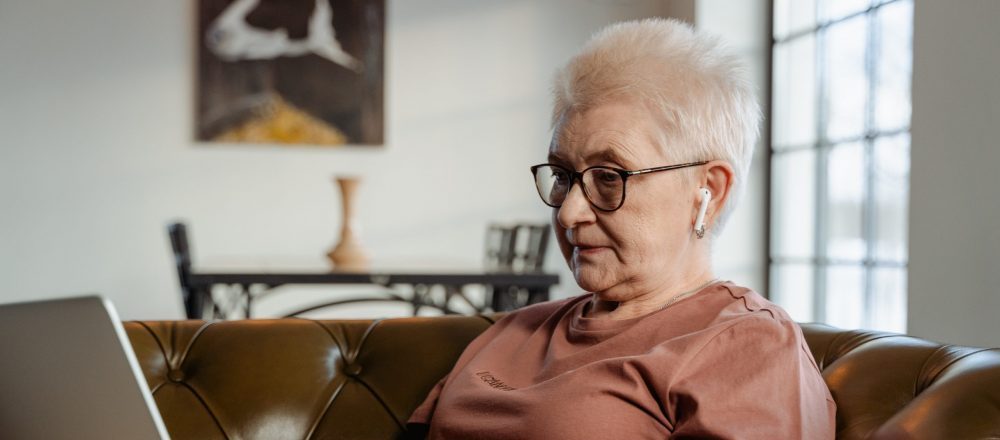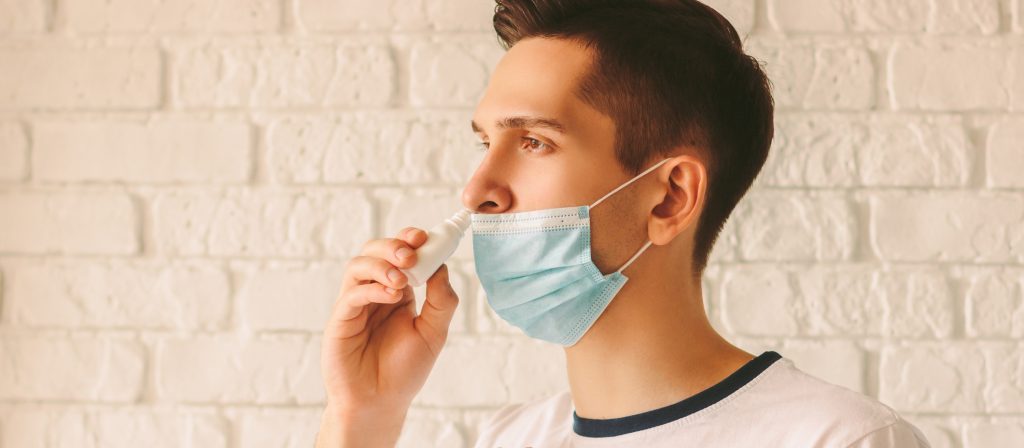This year’s pandemic has caused us all to take a hard look at how we deliver healthcare. Sure, telehealth — particularly virtual house calls — already had been gaining greater acceptance by providers and patients alike. But now we’re literally seeing just how valuable this broader “picture window” into your patients’ true health situation can be.
Even when a caregiver accompanies a patient into an office visit, it’s often hard in that short time for providers to discover just how patients are truly living their day-to-day life. Plus, in the somewhat cold, sterile nature of an exam room, patients are often reluctant to discuss certain matters which they might find embarrassing. But we recognize that some of those matters — such as the patient’s home environment, personal support, finances, transportation, nutrition and more — have a definite impact on each person’s health status in addition to whatever medical care you prescribe. They’re called the social determinants of health (SDOH or SDH).
A deeper dive into how each person is born, grows, lives, works and ages brings greater understanding into how SDOH shapes their health in ways that can either optimize or undermine your best medical efforts. But even with the best office staff, electronic health records and analytical tools, learning the softer, non-digital aspects of your patients’ lives that may be the key to improving their health is much harder during in-office visits.
 A view into how your patients live
A view into how your patients live
Here’s where we’re increasingly finding the nexus combining people — experienced and insightful physicians, care coordinators, pharmacists and others — and technology to offer greater insights into a patient’s living conditions.
For example, COVID-19 is causing unemployment and underemployment at records not seen since the Great Depression. Loss of health insurance is climbing. Personal hygiene items such as toilet paper as well as cleaners to minimize the spread of the coronavirus and other illness-causing viruses and bacteria have often been in short supply. Food stuffs including eggs and many meats have been hard to come by and have increased in price. So, patients may be living in less-clean environments, eating cheaper and typically less-balanced meals, feeling depression due to self-isolation and lack of caregiver support, and other factors that can lead to sickness and even premature death.
Part of their routine…and yours
That’s where a regular series of virtual house calls via telehealth can make all of the difference…both to your patients and staff alike. Particularly now, it’s been shown to positively impact staff health and stress levels coping with closed offices, limited hours and/or new norms for social distancing while still being committed to optimize the well-being of those in your care.
The clinical pharmacists and care coordinators at RxLive have shared with me a lot of the very positive (and de-identified) comments and results they’ve received from partnering with practices and employers as a type of “clinical insights” tool to supplement office visits. Even though so much of medical care involves taking medications that should have regular review, too often in the busy life of a practice this can get short shrift as you deal with the immediate issue at hand. Clinical pharmacists are too often an overlooked resource in helping you and your in-office team coordinate care and alert you to updates or concerns as patients’ needs evolve.
As I said, many patients are more likely to share this very personal information from the comfort of the familiar surroundings in their own home versus an exam room. And with a virtual visit incorporating video, trained clinicians can often notice things in the home’s background, especially if the patient is able and can be encouraged to walk about with their phone, showing their kitchen and refrigerator contents, bathroom and medicine chest contents to provide you further insights into their living situation.
In addition and subject to patient approval, it’s easy to include an authorized caregiver to participate in a virtual visit to share additional details, hear what’s being discussed, assist with the call’s technology if needed, and be more fully prepared to assist the patient post-virtual visit.
 Uncovering substance abuse, financial need and more
Uncovering substance abuse, financial need and more
Our clinical pharmacists say they’re following up with patients and referring physicians after discovering life-changing issues ranging from substance abuse, needed financial assistance, signing up for Medicaid and other support programs and more, helping expand the services you bring your patients and more fully closing the loop on ongoing care management.
Telehealth offers you a cost-effective insights platform that helps you be invited into your patients’ homes, significantly strengthening your in-person office operations during challenging times such as these. And now with insurance plans reimbursing you and your billable staff members like never before and with costs so low for implementing the necessary web-based technologies, there are few reasons not to offer them.
High gain for high-risk patients in a VBC world
Virtual health visits are of particular value with your high-risk patients with multiple pre-existing conditions and who often take many prescriptions, OTC meds and supplements, some prescribed by a number of their doctors and some self-chosen…a potentially deadly mix.
Especially in a value-based reimbursement world with patients taking these many meds, a virtual visit (or, better yet, a regular series of check-ins) by an experienced clinical pharmacist can uncover environment, food and social factors that may be impacting their ability to manage their health. Working as part of your extended care team, clinical pharmacists can be your virtual partners, especially with higher-risk, complex patients.
As an extension of your team, RxLive pharmacists get to know your patients quite well…starting with pre-visit prep to post-visit consults and, between office visits, ad hoc support. These services provide you and your staff more invaluable encounters with your patients than a single periodic office visit could provide, due to the power and ease of telehealth from the patient’s home or other safe, comfortable setting. And, as patients become more “tech-savvy” and use video chat for more than talking with their grandkids or friends, they’re finding virtual visits even more valuable and appealing.
Driving the ‘last mile’ of healthcare
As a long-time proponent of focusing on the “last mile” of healthcare delivery, I’m very bullish on the value of telehealth. In this consumer-focused last mile, it’s essential that we effectively layer technology applications into cross-sector community-based strategies to address health and social needs, integrate within and across care management workflows, and provide personalized consumer support to achieve success.
I’m a great believer in paying attention to the impact of social determinants of health equally or even more than clinical factors. Services such as those offered by my valued colleagues at RxLive present you as a dedicated clinician an “easy button” to take some things off of your plate by adding these life-saving and -enriching services to your patients and your practice, typically at no cost.
They’re worth a lot more than that, I can assure you!
Resources
CDC research, programs and data on SDOH
World Health Organization (WHO) initiatives on social determinants of health
The Social Determinants of Health: It’s Time to Consider the Causes of the Causes (U.S. National Library of Medicine, National Institutes of Health)




